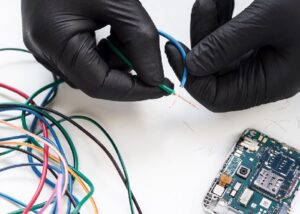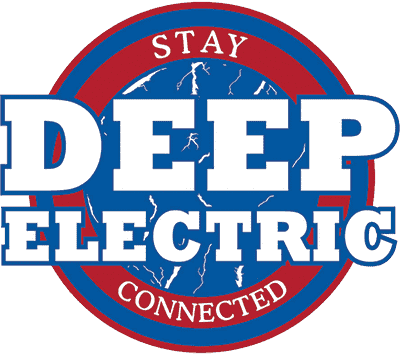Unraveling the Mystery: Understanding the Basics of Circuit Repair

Have you ever been baffled by the complexities of a faulty wiring circuit? Understanding the basics of circuit repair can empower you to tackle common electrical issues with confidence. From identifying faulty wiring to implementing safe repair practices, this guide will demystify the world of circuit repair.
Identifying Faulty Wiring
The first step in circuit repair is identifying faulty wiring. Signs of faulty wiring include flickering lights, tripped circuit breakers, and burning odors. Visual inspections can also reveal damaged or frayed wires, indicating a potential issue.
Tools of the Trade
Before diving into Faulty Wiring circuit repair, Winter Park, it’s essential to have the right tools on hand. A digital multimeter is a must-have for measuring voltage, current, and resistance in circuits. Wire strippers, electrical tape, and wire nuts are also essential for repairing damaged wiring.
Precautions for Circuit Repair
Safety should always be the top priority when working with electrical circuits. Before starting any repair work, turn off the power to the circuit at the breaker box. Use insulated tools and wear rubber-soled shoes to prevent electrical shocks.
Common Circuit Repair Techniques
One of the most common issues with faulty wiring is a short circuit, which occurs when a hot wire comes into contact with a neutral wire or ground. To repair a short circuit, first, locate the source of the problem by inspecting the wiring for damage. Once identified, the damaged section of wire can be cut out and replaced with a new piece.
Another common issue is an open circuit, which occurs when there is a break in the wiring that prevents electricity from flowing. To repair an open circuit, use a digital multimeter to locate the break in the wiring. Once identified, the damaged section of wire can be spliced and repaired using wire nuts and electrical tape.
Preventative Maintenance
Regular maintenance is key to preventing future wiring issues. Inspect your wiring regularly for signs of damage or wear, and address any issues promptly. Avoid overloading circuits by using surge protectors and spreading out electrical loads.
Exploring Advanced Techniques
While basic circuit repair techniques are essential, there are also more advanced methods for tackling complex wiring issues. For example, troubleshooting circuits with complex components such as capacitors and diodes may require specialized knowledge and equipment.
Modern Solutions for Old Problems
In some cases, upgrading outdated wiring systems may be the best solution for addressing recurring issues. Upgrading to modern wiring standards can improve safety, reliability, and energy efficiency in your home or business.
Seeking Professional Assistance
While DIY circuit repair can be rewarding, there are times when it’s best to leave the job to the professionals. If you encounter a wiring issue that is beyond your skill level or poses a significant safety risk, don’t hesitate to contact a licensed electrician for assistance.
Get your Wiring Repairs easily and Stay connected with Deep Electric!
For top-notch faulty wiring circuit repair in Longwood, end your search with Deep Electric. Got a faulty wiring circuit? We’ve got you covered! Our professional technicians are equipped to handle all your electrical repair needs with precision and expertise. We use quality materials and devote the time necessary to ensure zero fault return calls. Plus, with our competitive rates and no overtime charges, you’ll always save with Deep Electric. Don’t trust just any handyman with your electrical repairs – choose Deep Electric for peace of mind and quality service. Contact us today!
